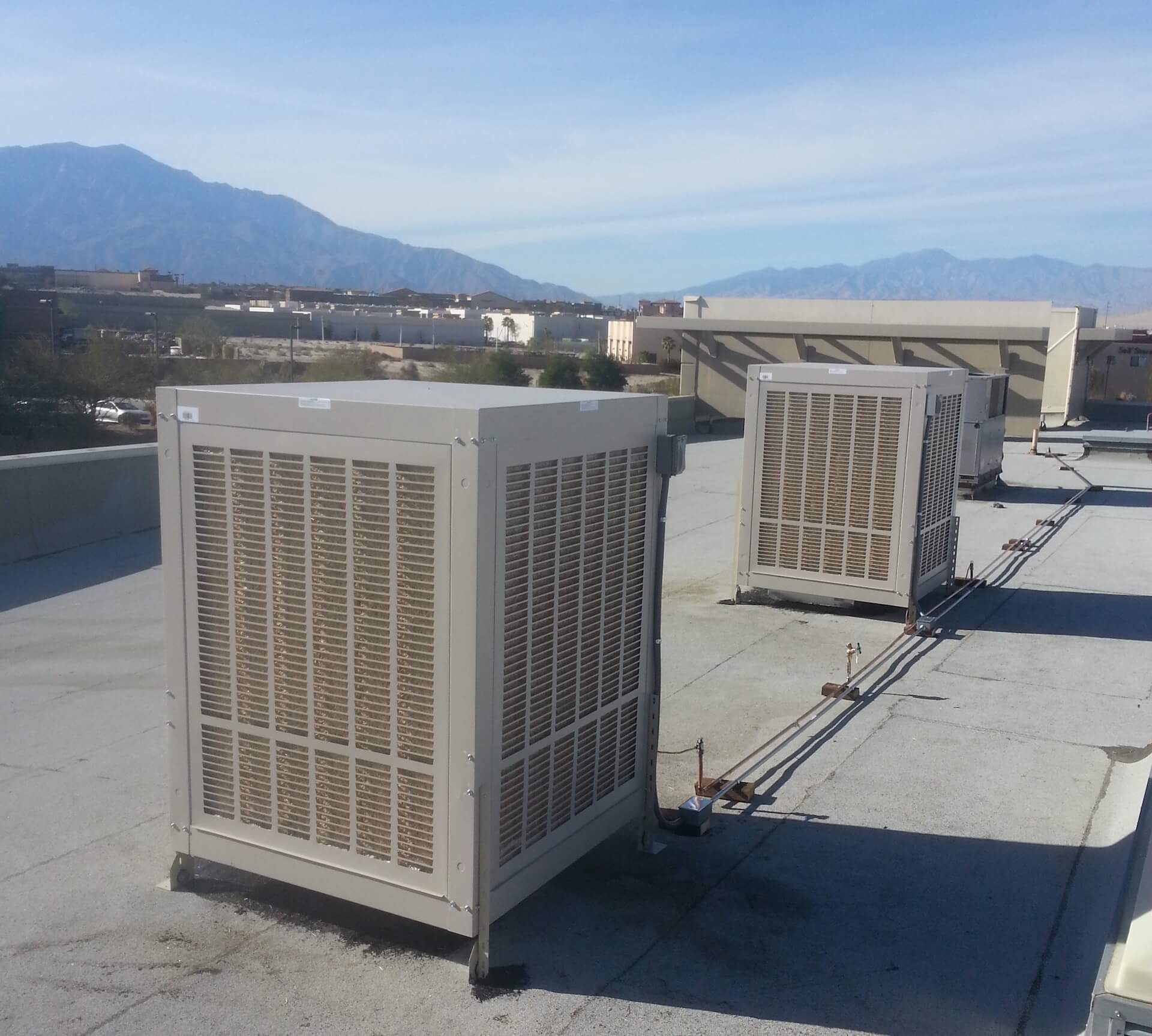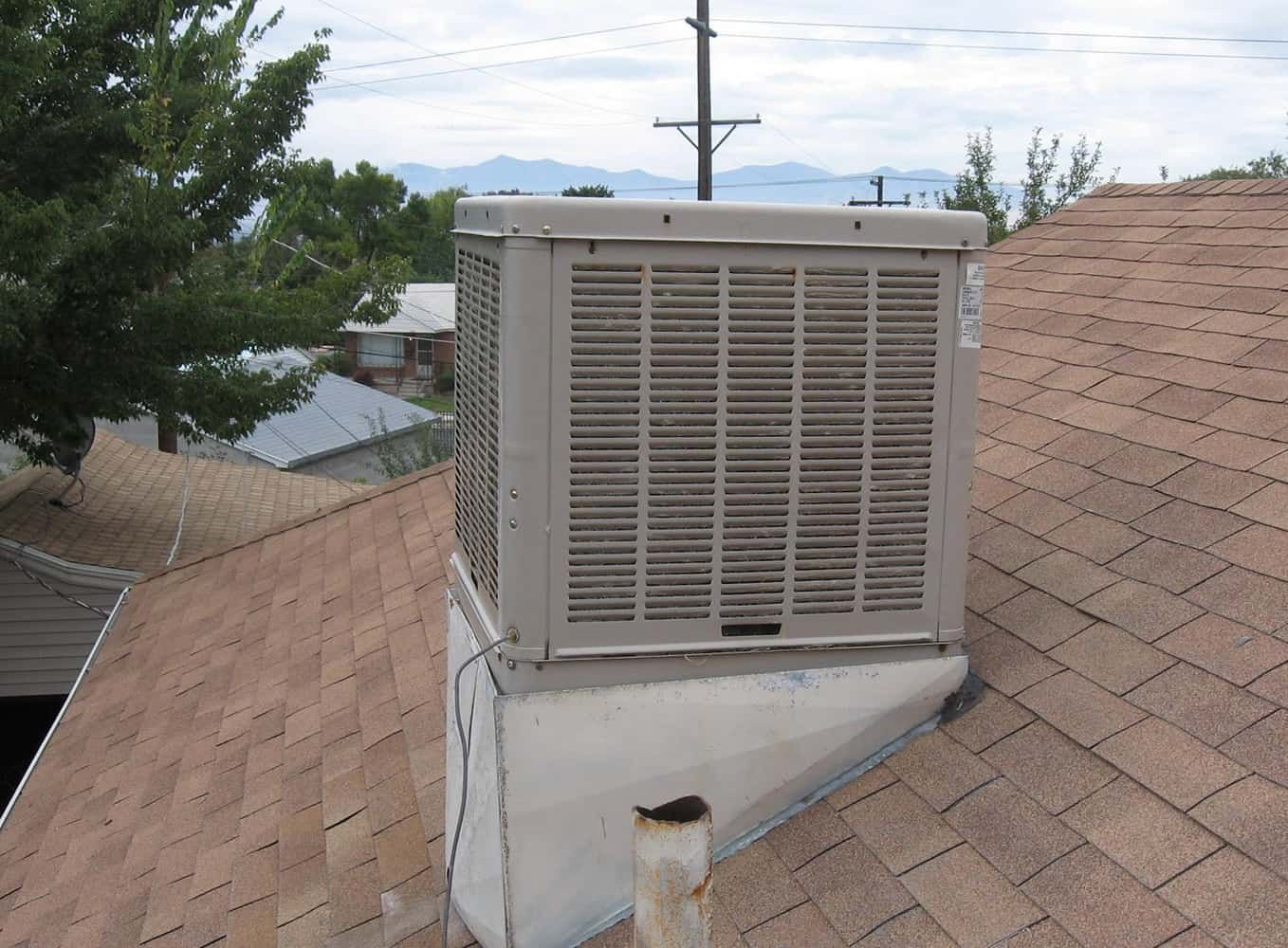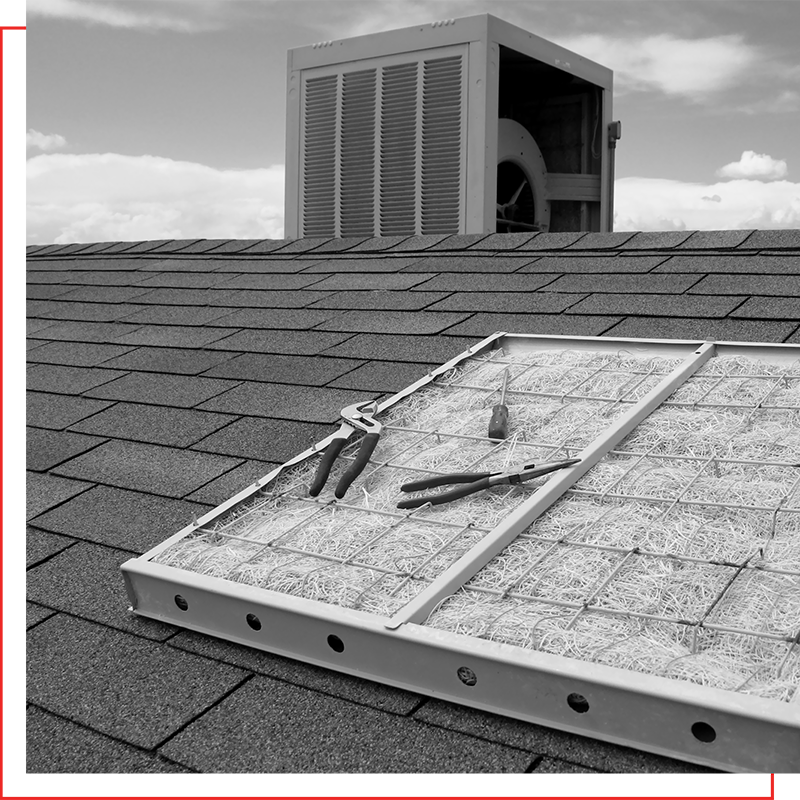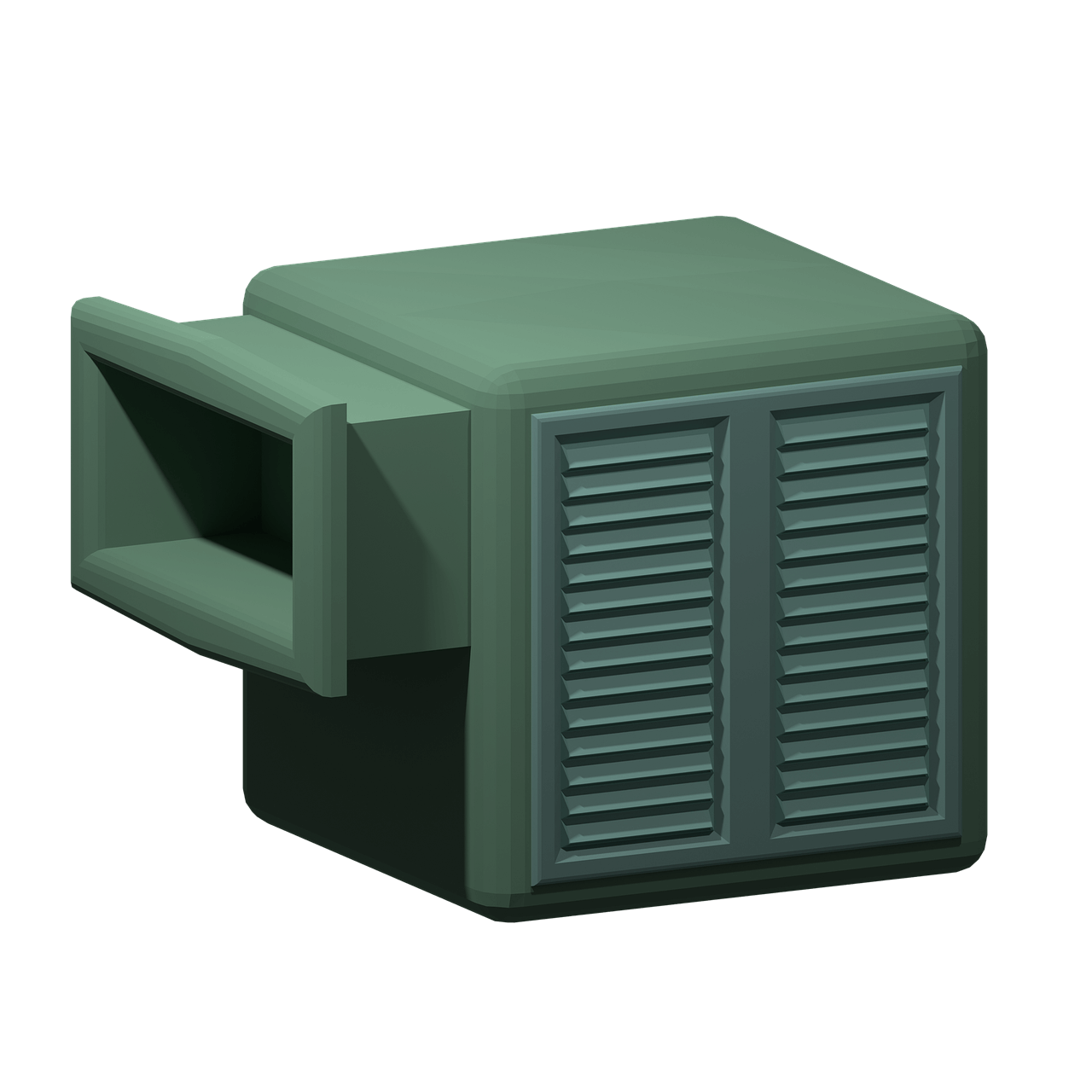623.680.1612
mymail@mailservice.com
AZ Coolers Only
How to Winterize a Swamp Cooler?
While winter's chill has settled in, your swamp cooler may be the last thing on your mind. Yet, a little attention now can make a significant difference when the summer heat returns.
Why? Well, imagine wanting to eagerly switch on your swamp cooler next summer, and finding out it needs to be repaired for some issues before you can get that much-awaited cool breeze.
As a company focusing on all things swamp coolers, we often witness breakdowns caused by neglected maintenance.
Hence, even though it's cold outside, winterizing your swamp cooler today can extend its life, boost efficiency, and potentially save you from costly repairs down the road. Read on to learn how you can winterize your swamp cooler.
Why Winterize Your Swamp Cooler?
Remember how 7th-grade studies exposed us to what happens when water stands still for too long? Yes, it becomes a breeding ground for mold and mildew.
Now, pair that knowledge by considering the companionship of water and metal, and you've got a recipe for rust and corrosion. If you further introduce freezing temperatures into this mix, it’s not hard to find yourself dealing with the aftermath of broken pipes and unexpected leaks.
This clarifies why is winterizing your swamp cooler not just a suggestion but a necessity. But, if you’re still unsure, it’s to avoid the following three villains from impacting the performance of your swamp cooler:
- Mold and Mildew Growth: Standing water in the cooler becomes a welcoming haven for mold and mildew, turning your once-efficient cooler into a potential health hazard.
- Rust and Corrosion: The marriage of water and metal, when left unchecked during winter, can lead to corrosion issues, causing headaches and breakdowns.
- Broken Water Pipes and Leaks: When water freezes, it expands, and this expansion can wreak havoc on your cooler, resulting in broken pipes and unwanted leaks.
How to Winterize a Swamp Cooler: A Step-by-Step Guide
Since we’ve already discussed why you need to winterize your swamp cooler, let’s move straight to how you can winterize the cooler.
Step 1: Safely Disconnect the Power
Begin by ensuring your safety. Unplug the swamp cooler, completely cutting off its power supply. This precautionary step is crucial before undertaking any maintenance task.
Step 2: Halt the Water Flow
Now, turn off the water supply valve connected to the cooler. Keep this valve turned off until you're ready to revive your unit in the spring. It's not just about turning it off; the water line should be drained to prevent freezing during the winter.
Disconnect the hose from both the supply valve and the cooler. Blow into one end of the tube to expel any residual water, and store the hose in a dry place.
Step 3: Drain and Clean the Cooler
Open the drain at the bottom of the cooler to let the water drain out. Post-draining, you'll likely find dirt and sediment in the pan. Use a shop-vac to efficiently remove the debris, or opt for a white vinegar and large sponge combo for a thorough cleaning.
Once you’re done, rinse the cooler with fresh water and dry it with a rag. Leave the drain open to facilitate the escape of any rainwater during the winter.
Step 4: Address the Cooler Pads
Don't procrastinate on changing the cooler pads. The old pads accumulate minerals over the summer, and failure to replace them could accelerate rusting in the winter when rainwater flows down the cooler onto the pads, which press against metal.
Step 5: Secure with a Cover
Shield your unit from the cold outside air by covering it. If you need to purchase a swamp cooler cover, measure the unit precisely to ensure a snug fit. Additionally, check if your cooler is equipped with a damper that can be closed to prevent warm air from escaping through your house's ductwork.
Conclusion
Incorporating these simple steps into your yearly routine is not just about winterizing your swamp cooler; it's a commitment to its long-term well-being.
By investing time in regular maintenance, you're not only preventing winter-related issues but also extending the overall lifespan of your cooler. And so, with a potential longevity of 15-20 years, your swamp cooler can become a reliable and cost-effective cooling solution.


David Seaton
AZ Coolers Only
Owner/Operator
ROC # 337391
Swamp cooler repair near me - Glendale, Phoenix, Scottsdale, Mesa, Yuma
Business Hours
- Mon - Fri
- -
- Sat - Sun
- Closed
Social Links
All Rights Reserved | AZ Coolers Only






